Deck & Commander Strategies
Gisa, Ghoulcaller
Zombie tribal focused on generating and buffing zombie tokens using cost reduction from Undead Warchief, milling opponents with cards like Forsaken Arena and Flexing Reclamation, and recurring creatures from the graveyard.
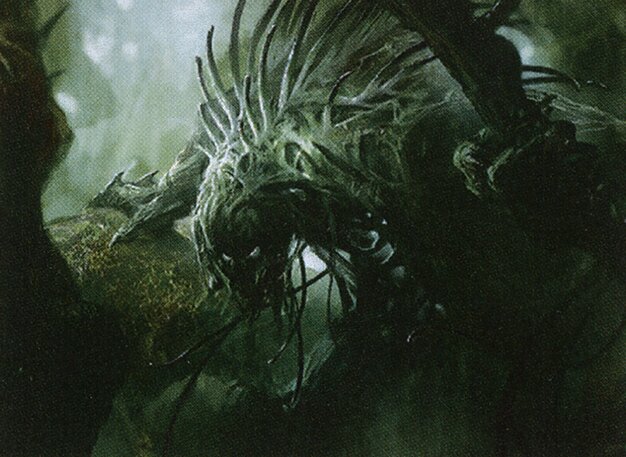
Ghave, Guru of Spores
A +1/+1 counter and token synergy deck that ramps mana aggressively using Chromatic Lantern and Murari's Wake to flood the board with tokens, doubling effects, and creatures that generate value and control the board.
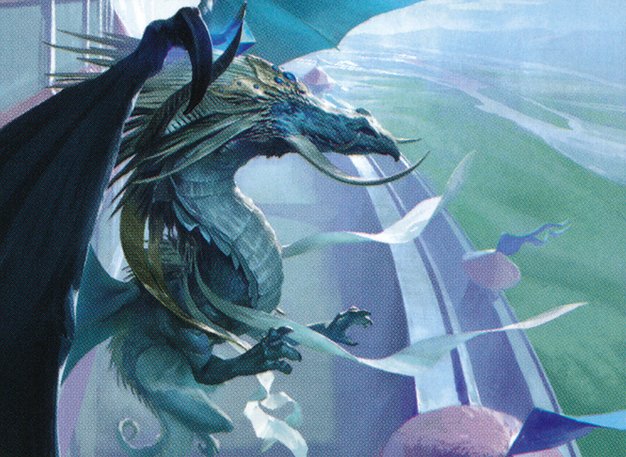
Arcades, the Strategist
A defensive deck that leverages walls and creatures with defender to draw multiple cards and control the battlefield, using triggers from Arcades and Orator of Ojutai to gain card advantage and apply pressure through combat.
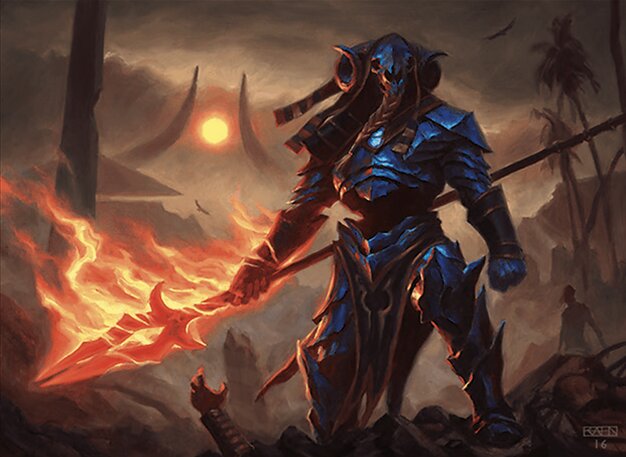
Neheb, the Eternal
Red burn and artifact-based control deck that generates large amounts of red mana to cast powerful spells and creatures, using planeswalkers like Chandra for removal and board control, while disrupting opponents with targeted burn.
Gameplay Insights
- 1
Jason's early ramp and mana acceleration with Chromatic Lantern and Murari's Wake allowed him to cast powerful enchantments like Doubling Season and deploy mana-intensive threats quickly.
- 2
Gisa's use of Undead Warchief significantly reduced the cost of zombie tokens, enabling efficient board development and synergy with milling effects to pressure opponents.
- 3
Arcades' player effectively used walls and Orator of Ojutai to draw additional cards and maintain board presence, leveraging defensive creatures to stall while building card advantage.
- 4
Neheb's deck applied pressure through targeted removal and burn spells like Chandra, Torch of Defiance, utilizing generated red mana to control the board and disrupt opponent strategies.
- 5
The interaction between Murari's Wake and Seedborn Muse created recurring value and mana advantage, enabling repeated use of activated abilities and spells during opponents' turns.
- 6
Blood Moon created temporary mana color restrictions that affected some players' early game, influencing land and spell choices.
- 7
Multiple combat phases involved careful blocking and attacking decisions to manage threats, protect commanders, and capitalize on triggers from creatures like Cutthroat and Arkady's.
Notable Cards
-
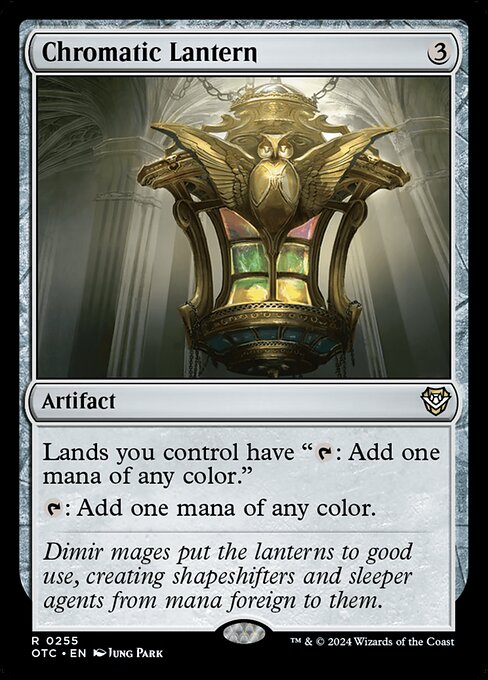
Chromatic Lantern
-
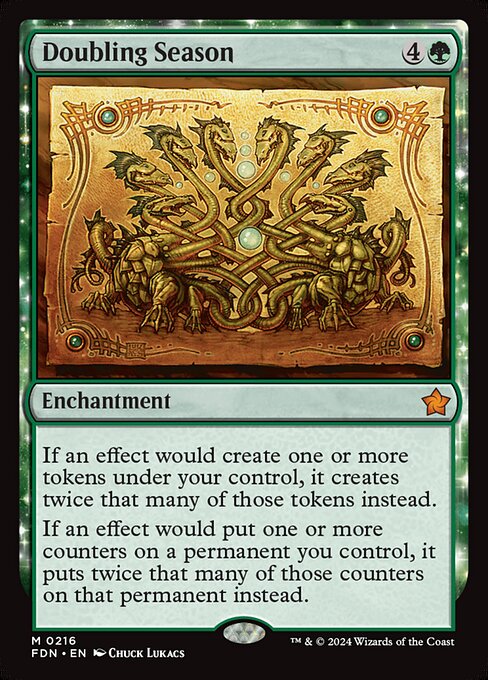
Doubling Season
-
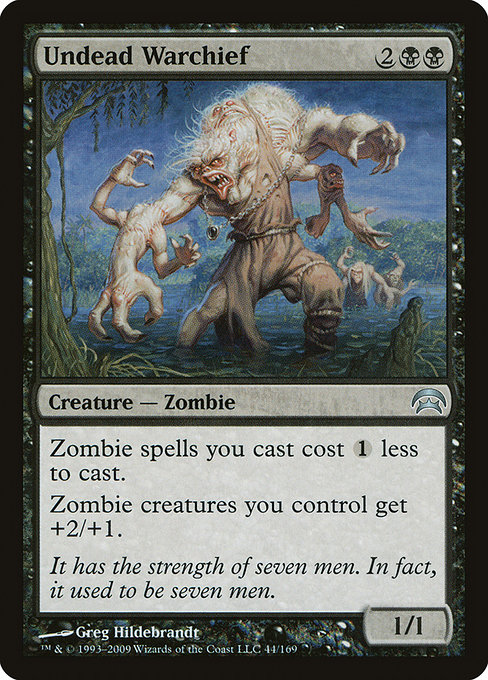
Undead Warchief
-

Blood Moon
-

Steel Hellkite
-
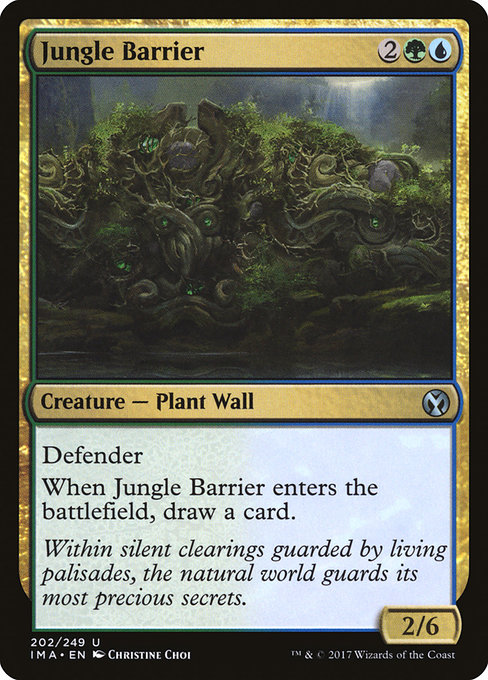
Jungle Barrier
-
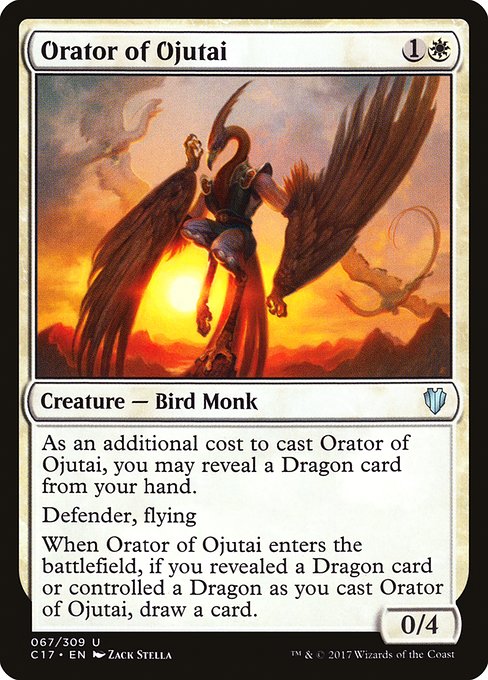
Orator of Ojutai
-
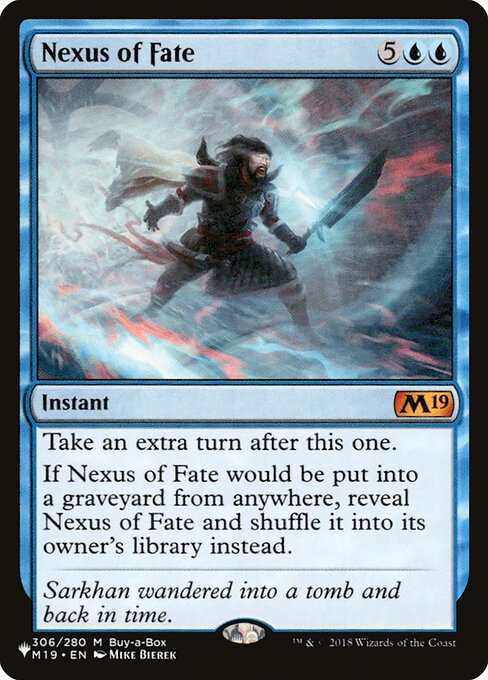
Nexus of Fate
-
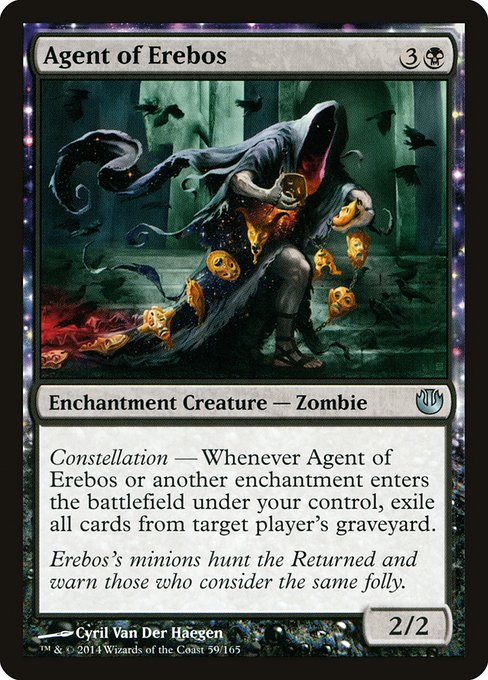
Agent of Erebos
-
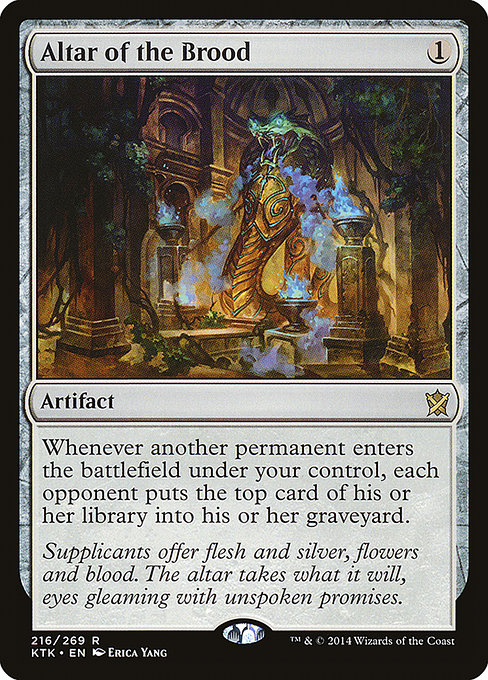
Altar of the Brood
-
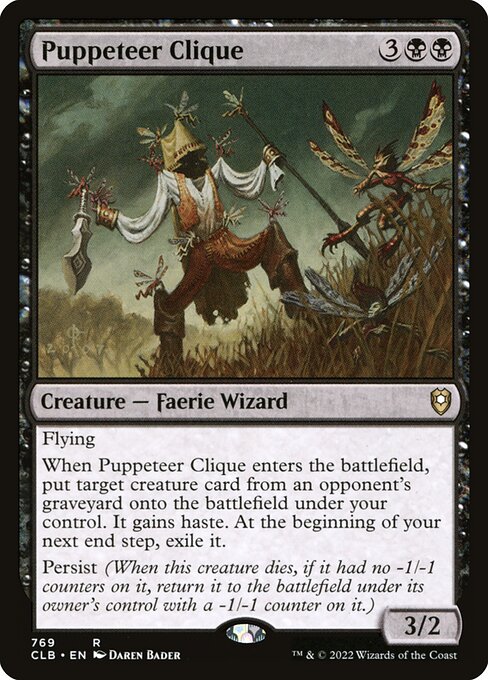
Puppeteer Clique
-
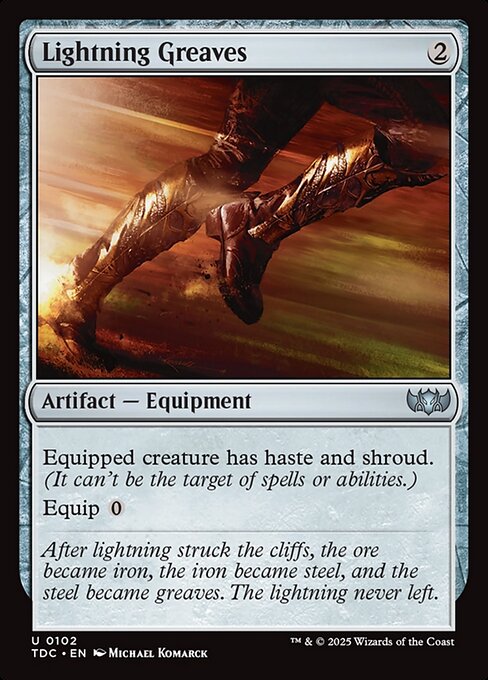
Lightning Greaves
-
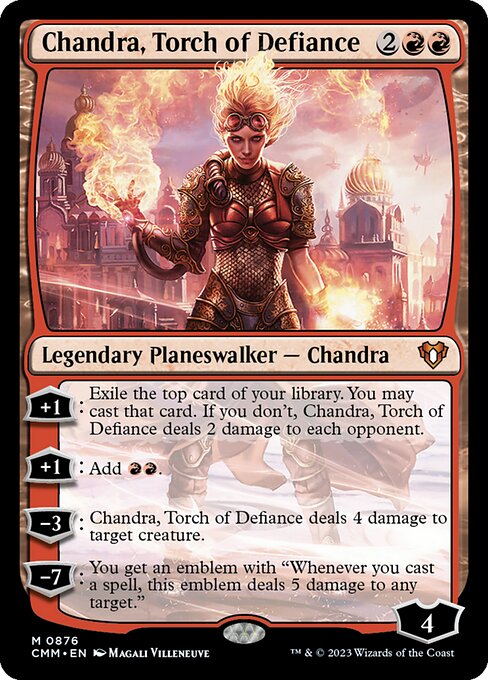
Chandra, Torch of Defiance
Gameplay Summary
The game featured a four-player commander match with Gisa, Ghave, Arcades, and Neheb at the helm, all leveraging black in their decks.
Early turns involved setting up mana bases with fetchlands, dual lands, and utility lands like Reliquary Tower.
Jason (Ghave) quickly developed his board with mana ramp such as Chromatic Lantern and Murari's Wake, enabling explosive plays including casting Doubling Season and deploying key creatures like Seedborn Muse.
Meanwhile, the Gisa player focused on zombie tribal synergies, casting Undead Warchief to reduce zombie costs and leveraging milling effects from cards like Forsaken Arena and Flexing Reclamation to pressure opponents' libraries and life totals.
Arcades' player developed a defensive strategy with walls and Orator of Ojutai, drawing multiple cards and applying pressure through combat triggers.
Neheb's deck aimed to generate massive red mana and leverage burn spells such as Chandra, Torch of Defiance for control and reach. Midgame saw escalating board states with powerful enchantments and creatures entering the battlefield, including steel Hellkite, Jungle Barrier, and multiple sources of card draw and mana generation.
Jason's Ghave deck threatened with combos involving mana dorks, token generators, and +1/+1 counter synergies, while Gisa's zombie tribal and milling synergy steadily chipped away at opponents.
Arcades capitalized on drawing cards from walls and Orator triggers, sustaining board presence and control.
Neheb utilized burn spells and removal to disrupt opponents and maintain tempo.
The game featured intense interaction around key cards like Murari's Wake, Blood Moon, and multiple recurring creatures.
Combat phases involved targeted attacks and blocks to manage threats and protect key pieces.
Milling and life loss effects from various sources kept pressure on all players, with the board state evolving dynamically as players cast creatures, spells, and enchantments. The match's turning points revolved around the establishment of mana acceleration and key synergies such as Murari's Wake with Ghave, and multiple triggers from Arkady's and Orator of Ojutai.
The undead tribal deck leveraged cost reduction and graveyard recursion to maintain pressure, while Neheb's aggressive burn and artifact-based strategies aimed to control the pace and deal direct damage.
Ultimately, the game showcased a multi-layered battle of resource management, synergy exploitation, and tactical combat decisions, with each commander pursuing their unique win conditions through board development, card advantage, and combat prowess.



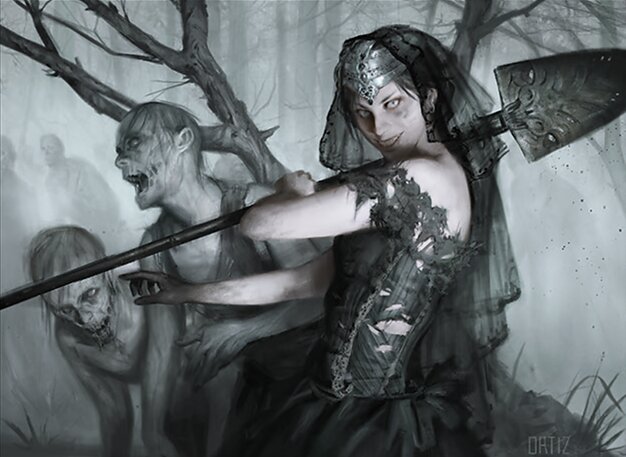














![Commander VS: Ghoulcaller Gisa VS Torbran VS Chulane VS Sisay [From SCGCON] thumbnail](https://i.ytimg.com/vi/D0eveMMHDz0/sddefault.jpg)
![Commander Versus Series: Gisa (Justin Parnell) Vs. Geralf (Stephen Green) [Magic: the Gathering] thumbnail](https://i.ytimg.com/vi/8TXXQpAgGfk/sddefault.jpg)

























